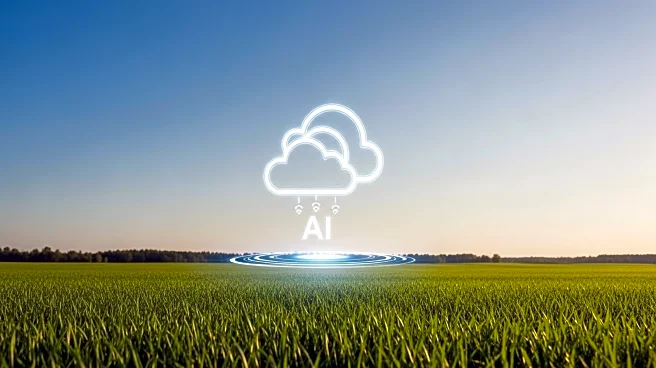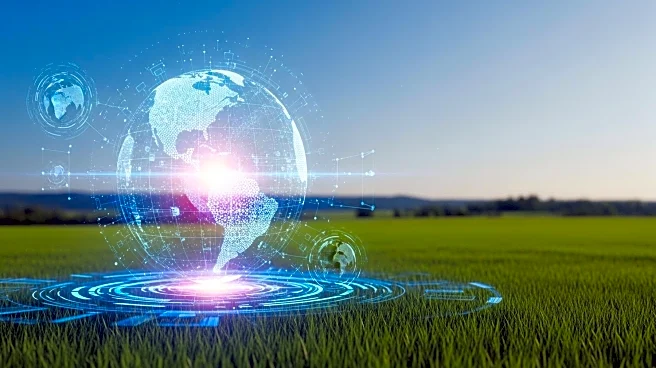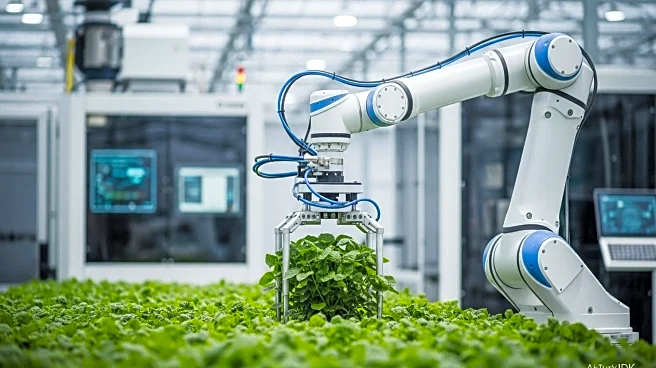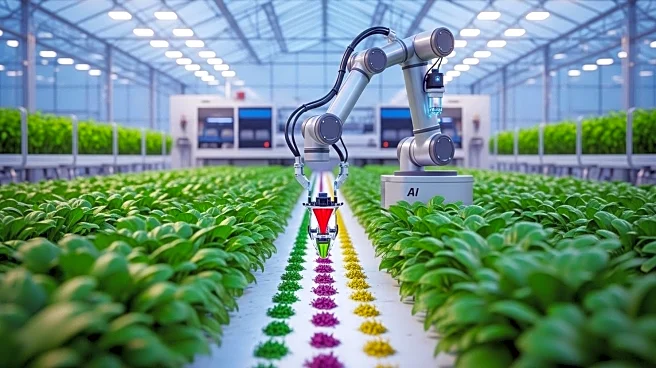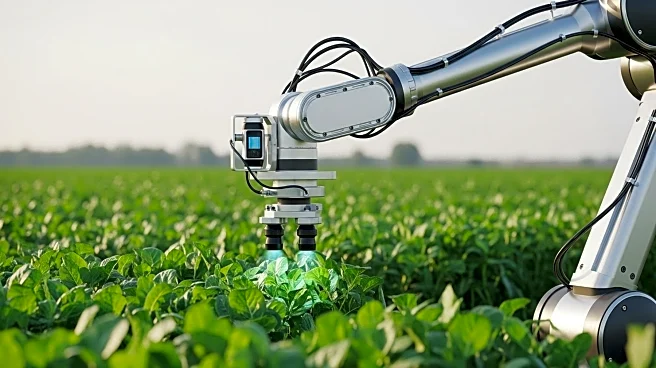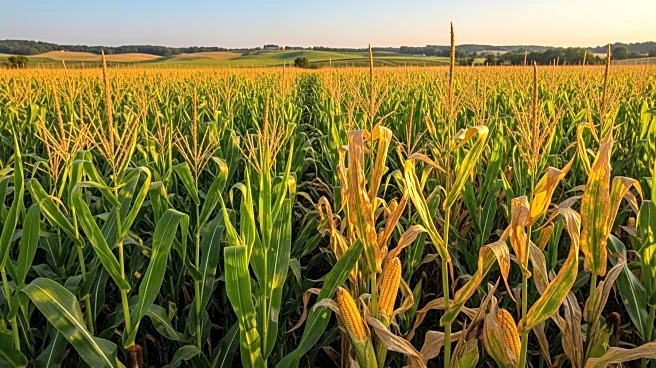What's Happening?
AI-powered weather forecasting models are transforming the way farmers receive weather predictions, offering more accurate and localized forecasts at lower costs. Traditional physics-based models are expensive and often inaccessible to farmers in low- and middle-income countries. AI models, however, can run on less powerful computers and provide timely information about rainfall patterns, helping farmers make informed decisions about planting and resource allocation. This technological advancement is crucial for adapting to climate change, which poses increasing risks to agricultural productivity.
Why It's Important?
The introduction of AI in weather forecasting is a game-changer for farmers, particularly in developing regions where access to reliable forecasts has been limited. By providing accurate predictions, AI models can help farmers optimize their planting schedules, reduce costs, and improve crop yields. This can lead to increased food security and economic stability in vulnerable communities. Moreover, AI-driven forecasts can enhance disaster preparedness, allowing for better management of extreme weather events and minimizing their impact on agriculture.
What's Next?
Efforts are underway to integrate AI forecasting models into government systems in low- and middle-income countries. Organizations like AIM for Scale are working to tailor these models to local agricultural needs, ensuring they provide actionable insights for farmers. As AI technology continues to evolve, it may offer even longer-range forecasts, further aiding in climate adaptation strategies. The success of these initiatives could encourage more investment in AI-driven solutions, potentially leading to widespread adoption and improved agricultural outcomes globally.
Beyond the Headlines
The use of AI in weather forecasting raises important ethical considerations, such as ensuring equitable access to technology and addressing biases in model development. As AI models are refined, it is crucial to involve local stakeholders in their implementation to ensure they meet the specific needs of different communities. This approach can help bridge the gap between technological innovation and real-world application, fostering sustainable development and resilience in the face of climate change.

